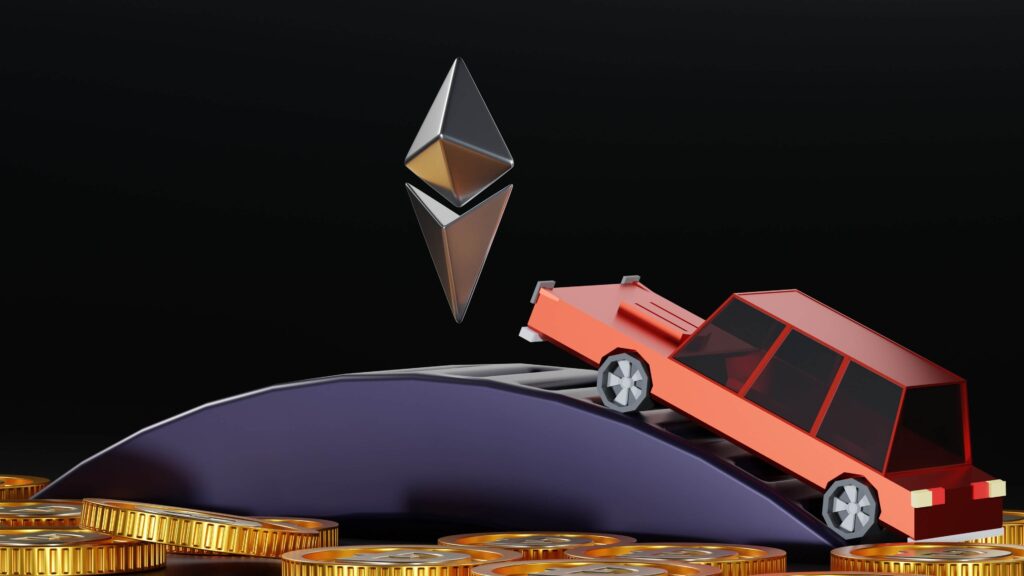In today’s rapidly evolving digital landscape, teaching kids about financial concepts has become more important than ever. Among these concepts, Bitcoin, the world’s most well-known cryptocurrency, stands out as a revolutionary innovation. As a parent or educator, it’s crucial to approach this topic in an age-appropriate and informative manner. This article delves into effective strategies for teaching kids about Bitcoin, ensuring that they grasp its significance while also nurturing their financial literacy. In addition, if you are looking for a reliable trading platform, you may consider Immediate Edge.

Understanding the Basics: What is Bitcoin?
At its core, Bitcoin is a decentralized digital currency that operates independently of traditional banks and financial institutions. It’s important to introduce this concept to kids in a way that aligns with their level of comprehension. Start by drawing parallels between physical money and digital money, highlighting how Bitcoin exists solely in the digital realm. Utilize relatable examples, such as in-game currencies, to help young learners grasp the idea.
Age-Appropriate Approaches
Early Years (Ages 5-8)
For children in their early years, simplicity is key. Begin by explaining the concept of buying and selling using tangible items they are familiar with, such as toys or snacks. Introduce the idea of a “digital piggy bank” where they can store digital coins (Bitcoins) earned for completing chores or tasks. Emphasize the concept of scarcity by explaining the limited supply of Bitcoins, likening it to collecting rare items.
Middle Childhood (Ages 9-12)
As kids enter middle childhood, their cognitive abilities expand, allowing for more in-depth discussions. Introduce the blockchain, the technology that underpins Bitcoin, by comparing it to a digital ledger. Engage them with interactive activities, such as creating a simplified blockchain using building blocks. Encourage discussions on the potential uses of Bitcoin, such as online purchases or investment.
Early Adolescence (Ages 13-15)
At this stage, delve into more complex aspects of Bitcoin, such as mining and cryptography. Compare the process of mining to solving puzzles and highlight how cryptography ensures secure transactions. Explore real-world examples of businesses accepting Bitcoin as a form of payment. Engage teenagers in critical discussions about the risks and benefits of investing in cryptocurrencies, emphasizing the importance of responsible decision-making.
Late Adolescence (Ages 16-18)
Older teens can explore the economic implications of Bitcoin on a global scale. Discuss topics like inflation, fiat currency, and the potential impact of decentralized finance (DeFi) on traditional financial systems. Encourage research projects that require them to analyze market trends and make informed predictions about the future of cryptocurrencies. This age group can also learn about setting up and securing digital wallets.
Fostering Financial Literacy
Teaching kids about Bitcoin goes beyond the cryptocurrency itself; it’s an opportunity to instill essential financial literacy skills.
Budgeting and Saving
Use Bitcoin as a platform to teach kids about budgeting and saving. Help them create a mock Bitcoin wallet and allocate digital coins for different purposes, such as spending, saving, and investing. Monitor their virtual wallet over time and discuss the benefits of long-term saving.
Critical Thinking and Analysis
Engage children in discussions about the volatility of cryptocurrency markets. Encourage them to think critically and analyze news and trends that impact Bitcoin’s value. This fosters a deeper understanding of the factors influencing financial markets.
Ethical and Legal Considerations
Discuss the legal and ethical aspects of using and investing in Bitcoin. Highlight the importance of adhering to regulations and ethical guidelines in the world of cryptocurrencies. Use real-world examples of legal and ethical challenges that have arisen in the cryptocurrency space.
Interactive Learning Tools
To enhance the learning experience, consider incorporating interactive tools and resources:
- Digital Simulations: Use online simulations to visually demonstrate concepts like mining and blockchain technology.
- Virtual Trading Platforms: Introduce teens to virtual trading platforms where they can practice buying and selling Bitcoin without risking real money.
- Educational Games: Explore educational games and apps that teach financial concepts and Bitcoin in an engaging manner.
Conclusion
Teaching kids about Bitcoin can be a rewarding endeavor that equips them with valuable financial knowledge for the future. By tailoring your approach to their age and cognitive development, you can ensure that they not only understand the concept of Bitcoin but also develop essential financial literacy skills. Remember, the goal is not only to introduce a technological innovation but also to empower the next generation with the tools they need to navigate an increasingly digital world.

